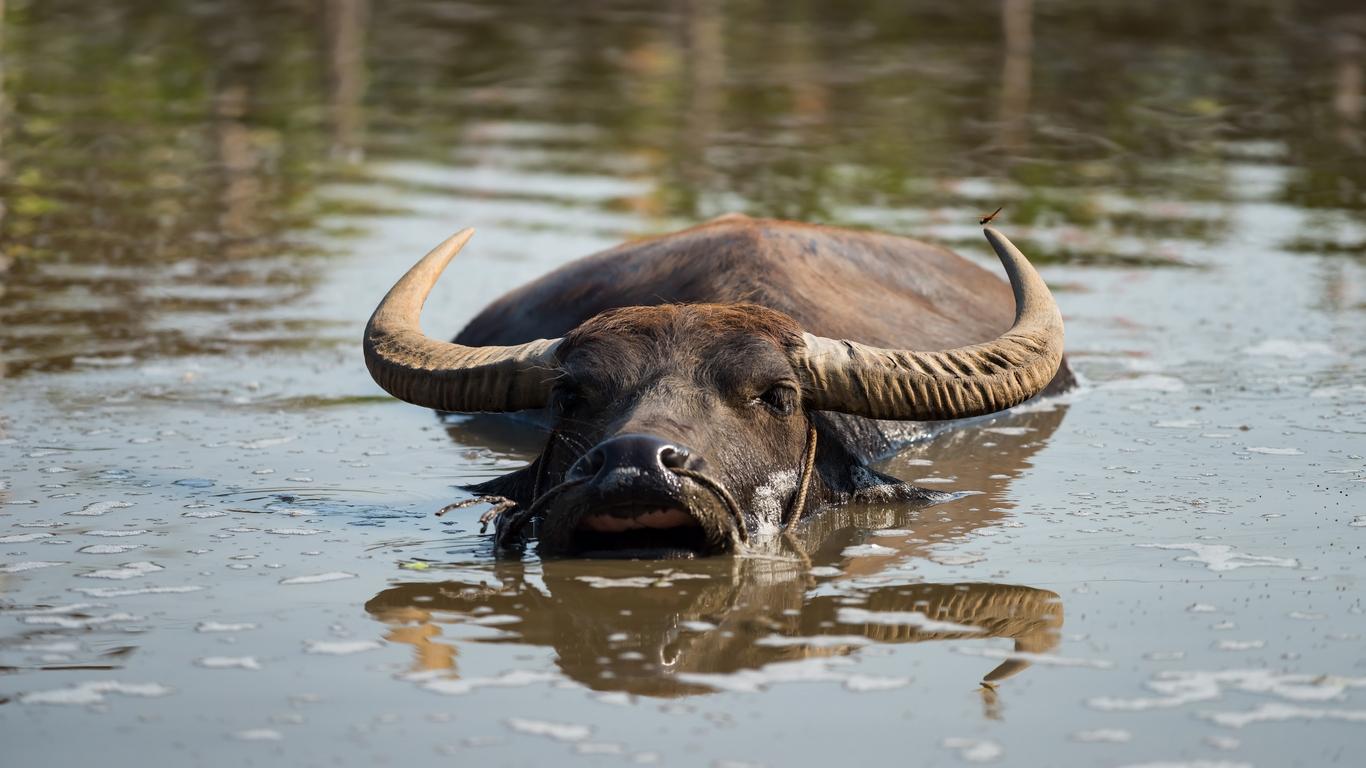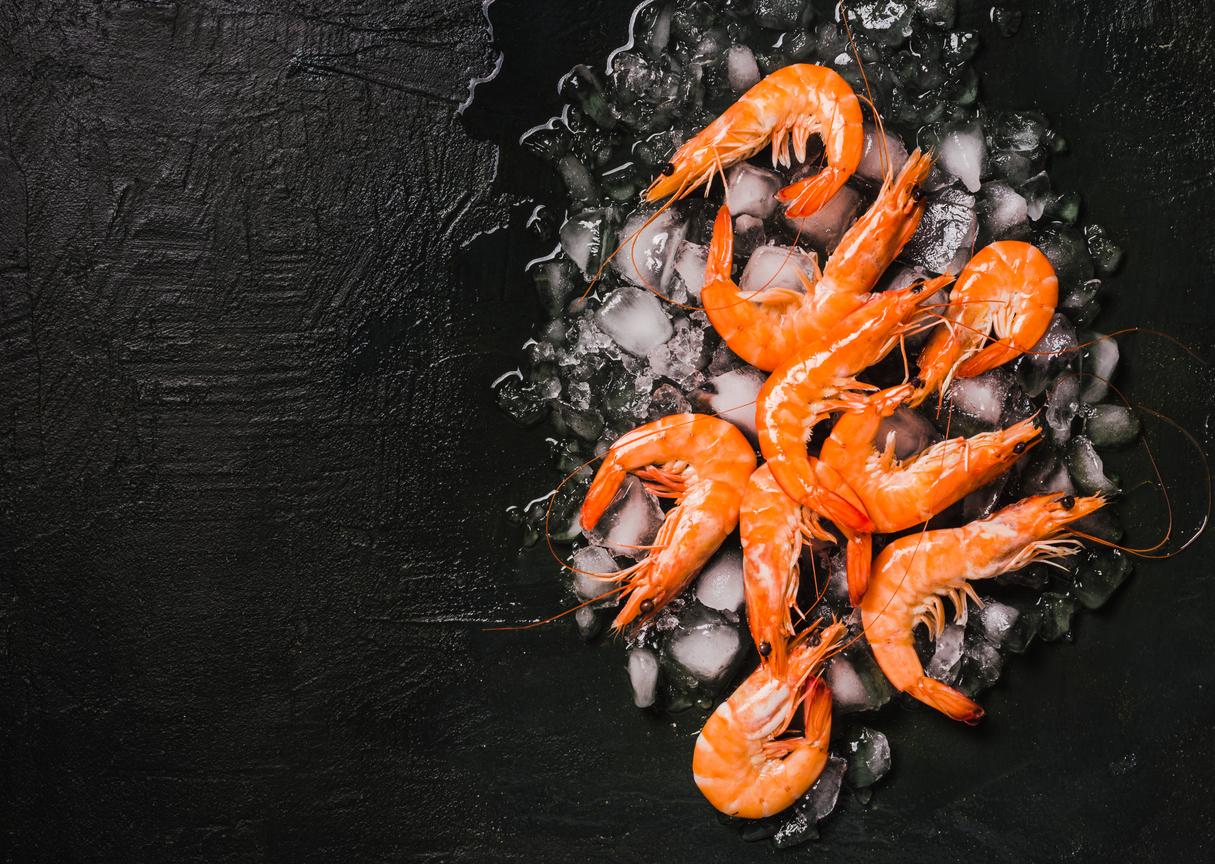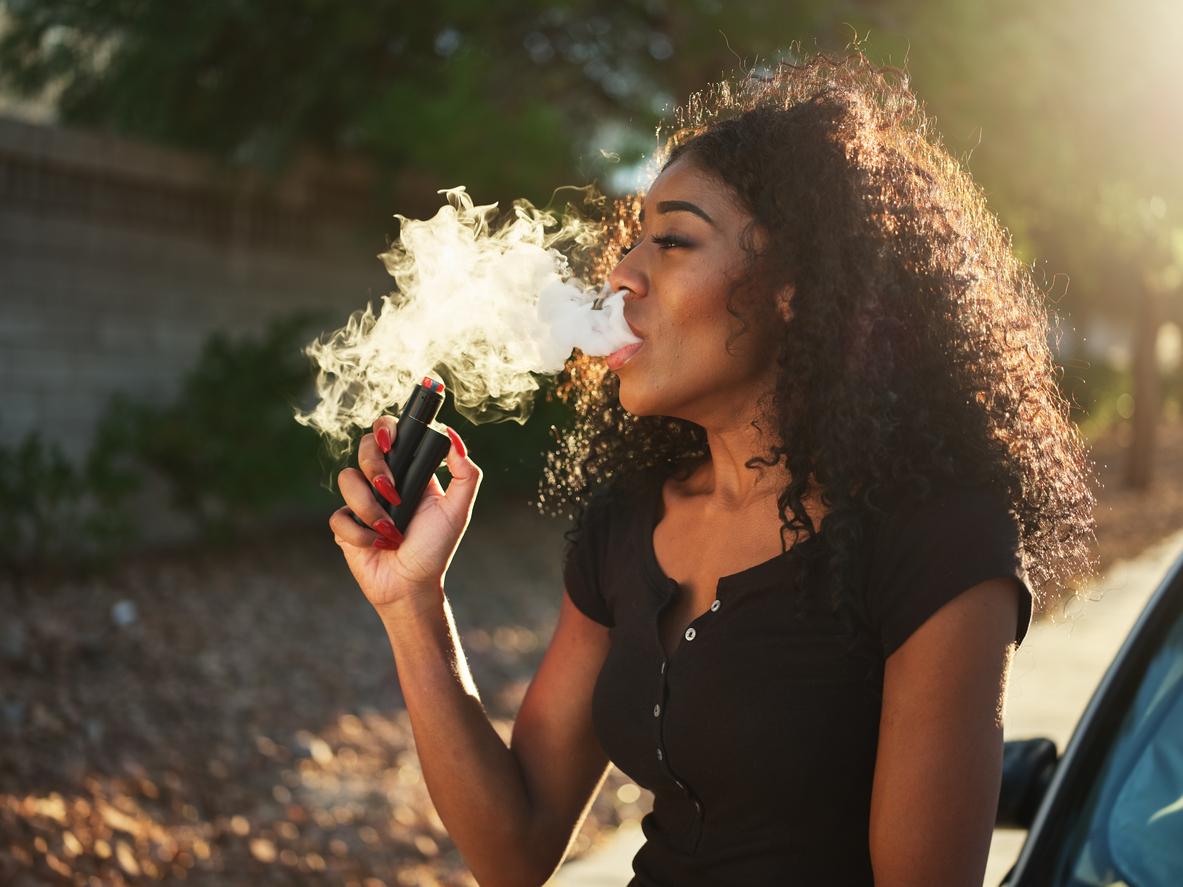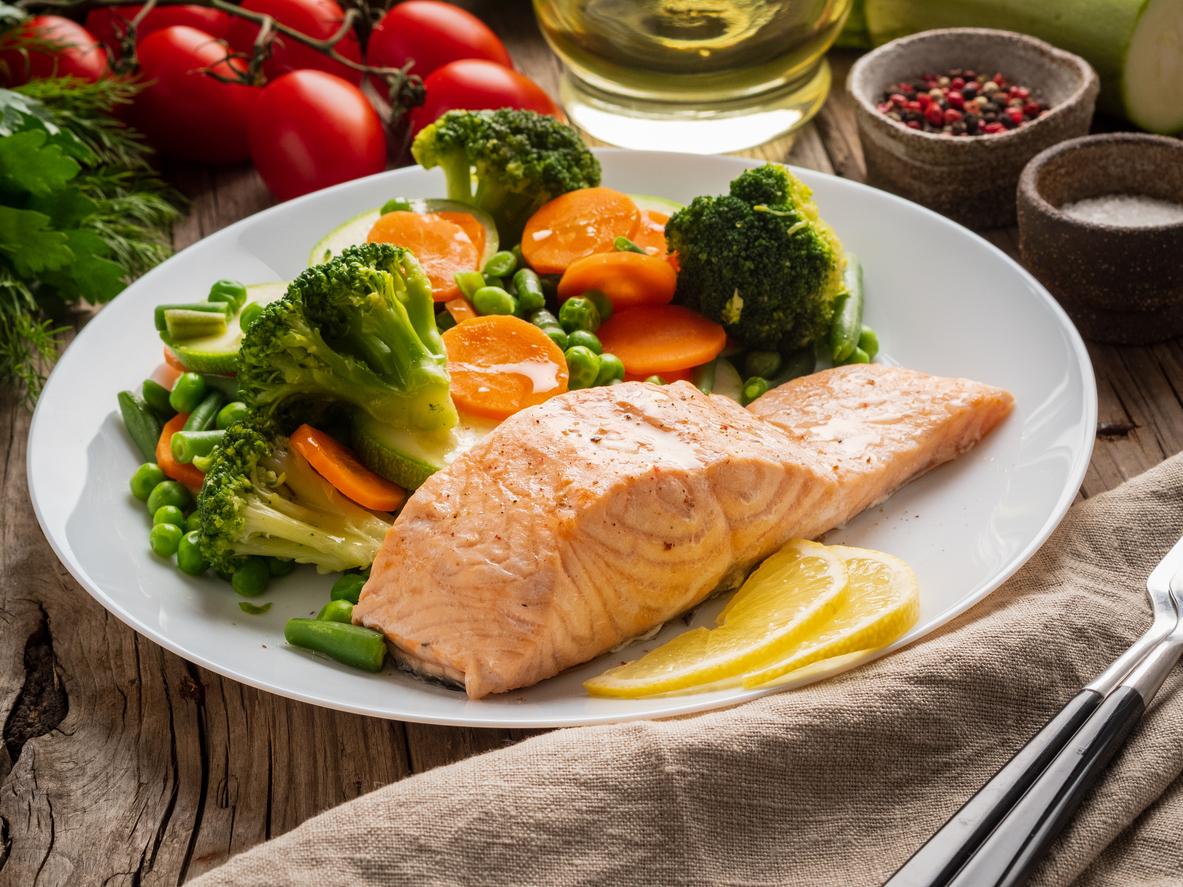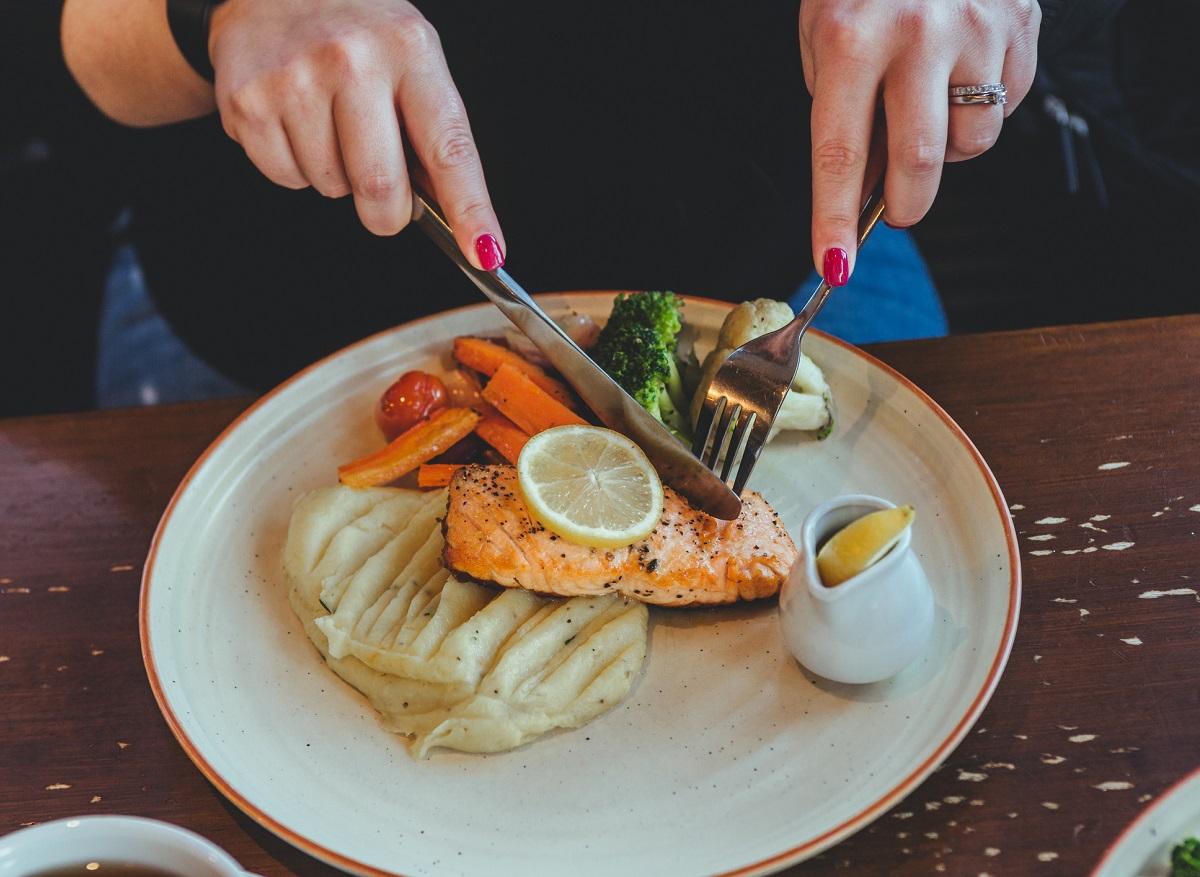A consumer association has scrutinized the labeling practices of the fish industry. In most businesses, the standards are not met.

Clear as rock water? Far from it. The fish industry is talking about it again. A national association of consumers and users surveyed its labeling practices. The results are rather disastrous.
New labels
For four days, the volunteers of the CLCV investigated fishmongers, supermarkets, markets and ports in France. Objective: to verify that professionals in the sector play the game in terms of access to information.
A year ago, MEPs adopted a new labeling regulation. It requires companies to deliver precise information about the product. In addition to the trade name, the scientific name must appear on the labels, as well as the exact country of breeding or catching area, and the category of gear used for fishing.
Cod, sole, monkfish …
But many professionals seem to ignore these new standards. The volunteers of the CLCV screened 111 points of sale spread over 21 departments. Their work focuses on five fish – four caught at sea (cod (or cod), monkfish (or monkfish), whiting, sole), and one farmed (salmon). Fish frozen or sold by thawing were excluded from the survey.
However, of the 280 labels, only half (54%) mentioned the scientific name of the species. Exotic sole or common sole, no way to know. More seriously, 8% provided an indication of the exact catching zone, and 5% of the means of fishing (seine, trawl, trap, line, etc.).
Questionable practices
The report was conducted in the midst of a crisis of confidence between consumers and aquaculture players. Illegal and dangerous practices in this matter have been sporadically exposed in the media. Thus, in 2013, consumers were able to discover in a report by Special Envoy that the farms were victims of epidemics of diseases linked to the density of fish, such as infestations of sea lice, which then affected wild populations. At their expense, they learned that dioxins, PCBs and pesticides were added to their fish.
Last February, an investigation by the Repression of Fraud revealed questionable practices in frozen foods to the general public. “They consist in soaking the fish in baths of water and additives in order to artificially increase their water content,” describes the report. This steeping makes it possible to sell water at the price of fish with substantial gains when we know that the added water can represent 30% of the product ”.
The authors of the report call for “full application of the labeling rules and for checks to be carried out and made public”.
.







